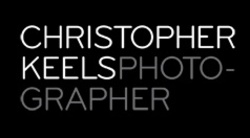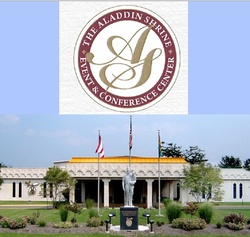In his book, A Brief History of Time, Stephen Hawking tried to tackle the nature of time and how it works. His work was reviewed by the students at Grandview Hig School in Mr. Weiland's class as part of Marshall Barnes' Oppenheimer Strain project. In part, Stephen stated that:
"The laws of science do not distinguish between the past and the future. More precisely, as explained earlier, the laws of science are unchanged under the combination of operations (or symmetries) known as C, P, and T. (C means changing particles for antiparticles. P means taking the mirror image, so left and right are interchanged. And T means reversing the direction of motion of all particles: in effect, running the motion backward.) The laws of science that govern the behavior of matter under all normal situations are unchanged under the combination of the two operations C and P on their own. In other words, life would be just the same for the inhabitants of another planet who were both mirror images of us and who were made of antimatter, rather than matter.
If the laws of science are unchanged by the combination of operations C and P, and also by the combination C, P, and T, they must also be unchanged under the operation T alone. Yet there is a big difference between the forward and backward directions of real time in ordinary life. Imagine a cup of water falling off a table and breaking into pieces on the floor. If you take a film of this, you can easily tell whether it is being run forward or backward. If you run it backward you will see the pieces suddenly gather themselves together off the floor and jump back to form a whole cup on the table. You can tell that the film is being run backward because this kind of behavior is never observed in ordinary life. If it were, crockery manufacturers would go out of business.
The explanation that is usually given as to why we don’t see broken cups gathering themselves together off the floor and jumping back onto the table is that it is forbidden by the second law of thermodynamics. This says that in any closed system disorder, or entropy, always increases with time. In other words, it is a form of Murphy’s law: things always tend to go wrong! An intact cup on the table is a state of high order, but a broken cup on the floor is a disordered state. One can go readily from the cup on the table in the past to the broken cup on the floor in the future, but not the other way round."
But later in the same chapter, Stephen posits a bizarre theory:
"At first, I believed that disorder would decrease when the universe recollapsed. This was because I thought that the universe had to return to a smooth and ordered state when it became small again. This would mean that the contracting phase would be like the time reverse of the expanding phase. People in the contracting phase would live their lives backward: they would die before they were born and get younger as the universe contracted."
In the video segment from the documentary film named after his famous book, you can see Hawking's thoughts about this and what happened when a mathematician looked over Hawking's theoretical work on the subject.
Though Hawking realized that he was wrong, he did so only after La Flamme showed that a computer also said that he was in error. However, there was plenty in the theory that should have indicated to Hawking that time would not go in reverse as he first insisted. This is what the students at Grandview Heights High School had to determine on their own...















